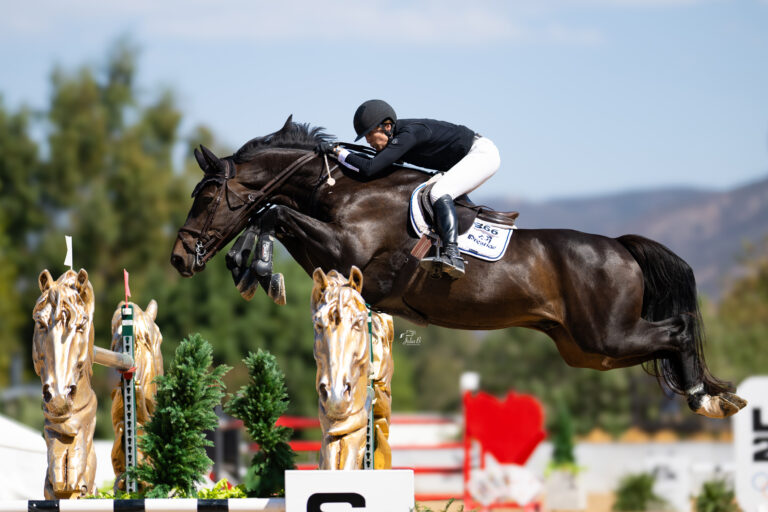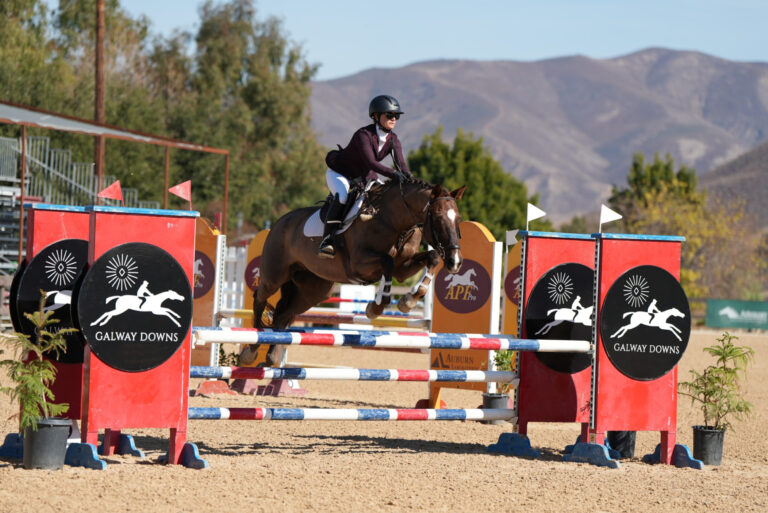California horsewoman Georgy Maskrey-Segesman “truly believes we are capable of greatness and of changing our sport.” She also believed that fellow hunter/jumper riders might like the judge’s feedback that dressage riders get after every test. Those two ideas catalyzed the Whitethorne American Tradition of Excellence Equitation Challenge, a unique combination of education and competition that attracted 77 junior and amateur riders to its inaugural staging, June 20–21, in Southern California.
Twelve-year-old Stella Buckingham emerged the victor and her coach, Katie Gardner, earned the $10,000 trainers prize but the event was widely praised as a win-win for everybody, ribbon or no. Maskrey-Segesman owns a primarily sales-horse program, Whitethorne Ranch near Los Angeles, and conceived the challenge as a way to bring more education and excitement to the West Coast equitation community. She was lauded for doing exactly that.
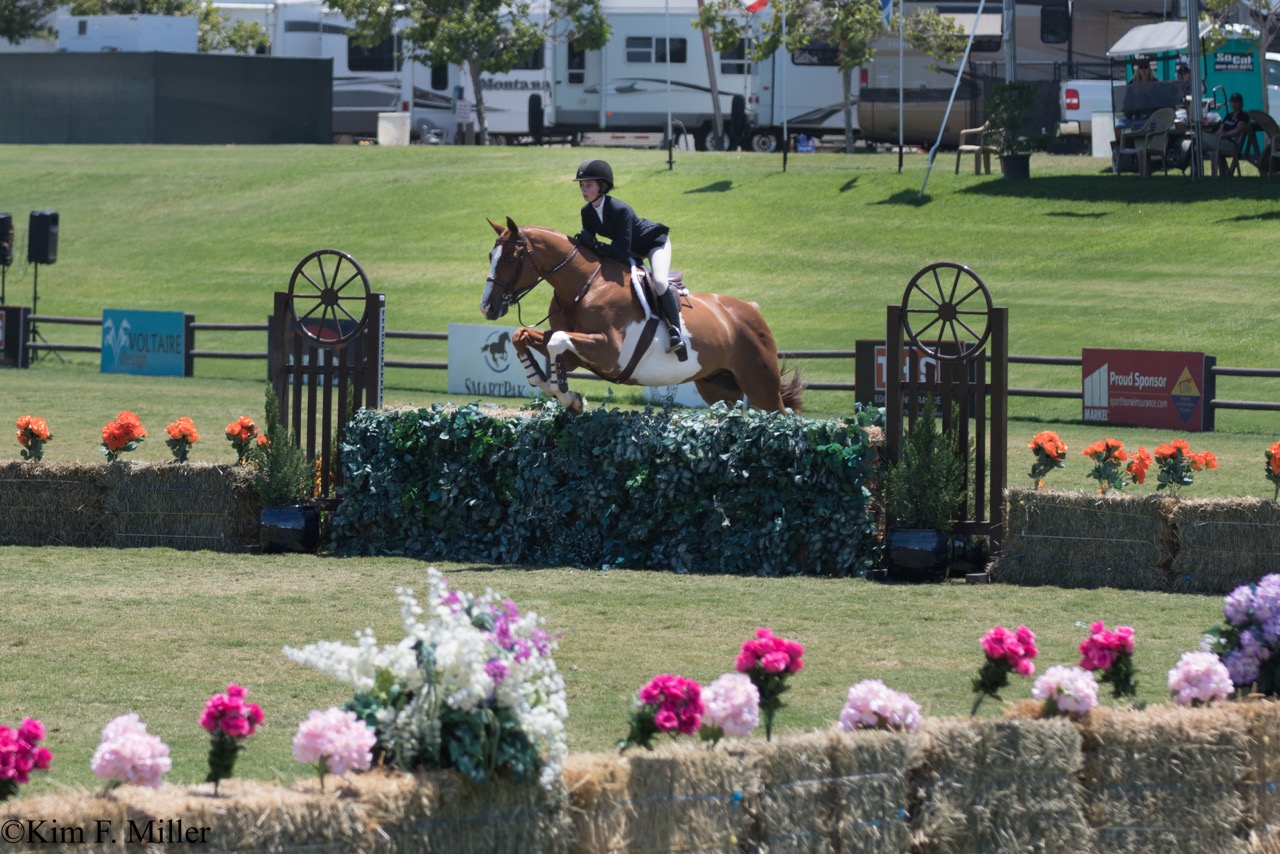
The challenge’s format included two 3-foot-3 jumping rounds, both on a big grass field and over Hunter Derby-type tracks set by Karen Healey. It was hosted by Blenheim EquiSports in San Juan Capistrano.
In the evening between each round, a mandatory educational presentation started with riders receiving their scorecards and notes on that day’s ride from judges Stacia Madden and Bernie Traurig. Then came a Traurig-created video highlighted by slow-motion footage and his commentary on the rounds of five recent Maclay Finals winners. Mental-skills coach and Practical Horseman columnist Tonya Johnston followed with a presentation encouraging attendees to enjoy the ride and to get in the habit of focusing on solutions instead of mistakes.
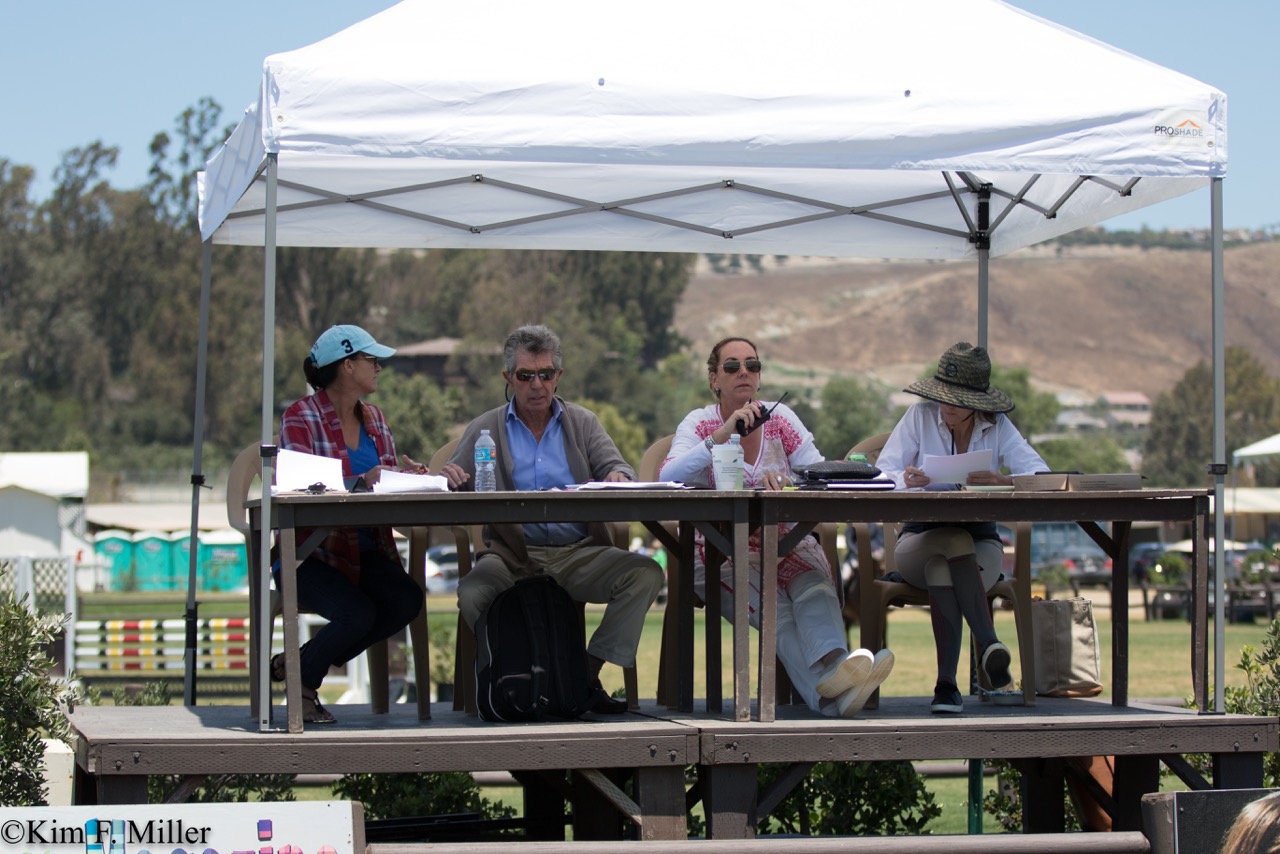
The night finished with a Q&A session with Madden, Traurig, Healey and Johnston. Here are a few excerpts from this fun and instructive session:
Q: What catches your eye as a first impression?
Traurig: Heel depth, as the foundation of a solid lower leg and overall position. “I start there and work my way up.”
Madden: Turn-out. “That’s the one thing you have complete control over and it makes you feel confident. When you feel confident, you ride well.”
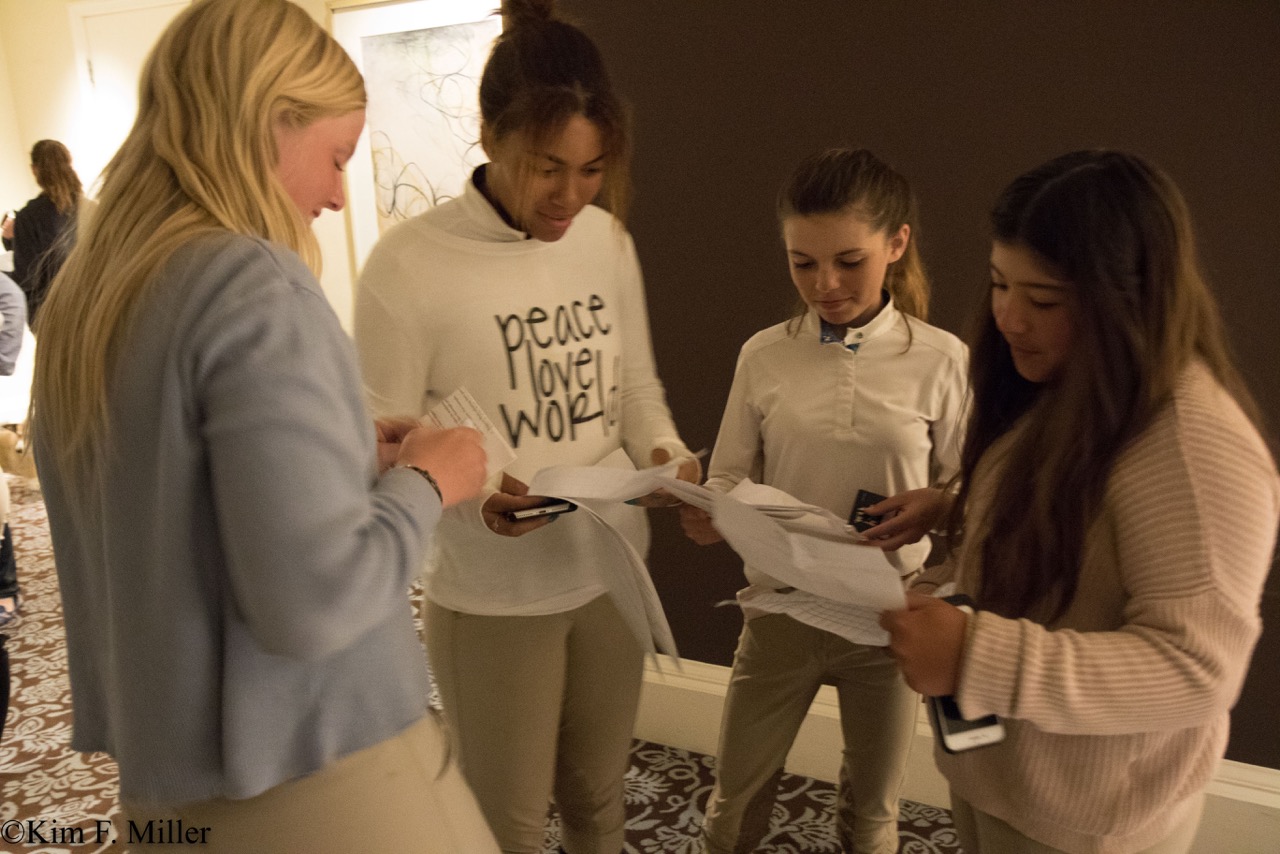
Q: Why did you write “wide stirrup pads” on my sheet?
Traurig: “I don’t like them because they discourage heel depth. They are used so widely that we have less heel depth in this generation and we see too much of what I call ‘pogo stick effect’ in the canter.”
The heel should absorb most of the concussion so the rider can settle into the saddle, reducing that effect, he explained. Wide stirrup pads create “a platform to stand on,” discouraging the degree of ankle flexibility needed for sufficient shock absorption.
Q: Is it OK to let a judge know, during a work-off, that you can’t hear the announcer’s instructions?
Madden: Contrary to misconceptions that judges “want you to fail,” judges want to see and reward stellar performances, she noted. “We want to contribute to good competition.” So, yes, let the judge know if you can’t hear in that situation.
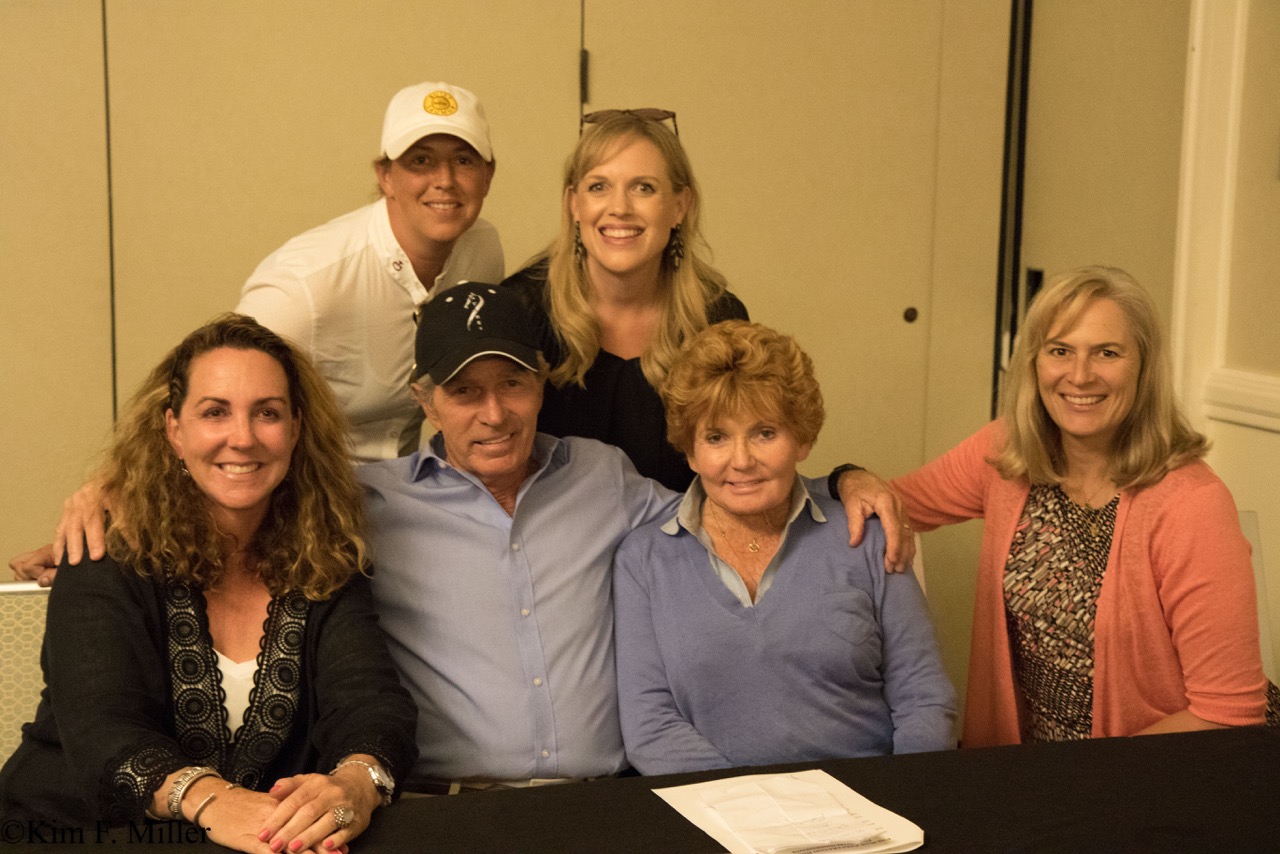
Q: Do you prefer a light seat or a full seat, other aspects of the ride being equal?
Traurig: I’m going to pin the rider who uses all seats perfectly, meaning in balance with the horse, with the rider’s weight centered over the horse’s center of gravity.
No Normal Show
“I’m going to be kind of sad to go to a ‘normal’ show now,” said Madden, a judge and trainer, at the event’s close. “I think the judge’s perspective usually has a lot to offer the kids and this time we didn’t feel like we had to be on the other side of the fence. I hope this starts a trend and becomes a template for some of the bigger classes.”
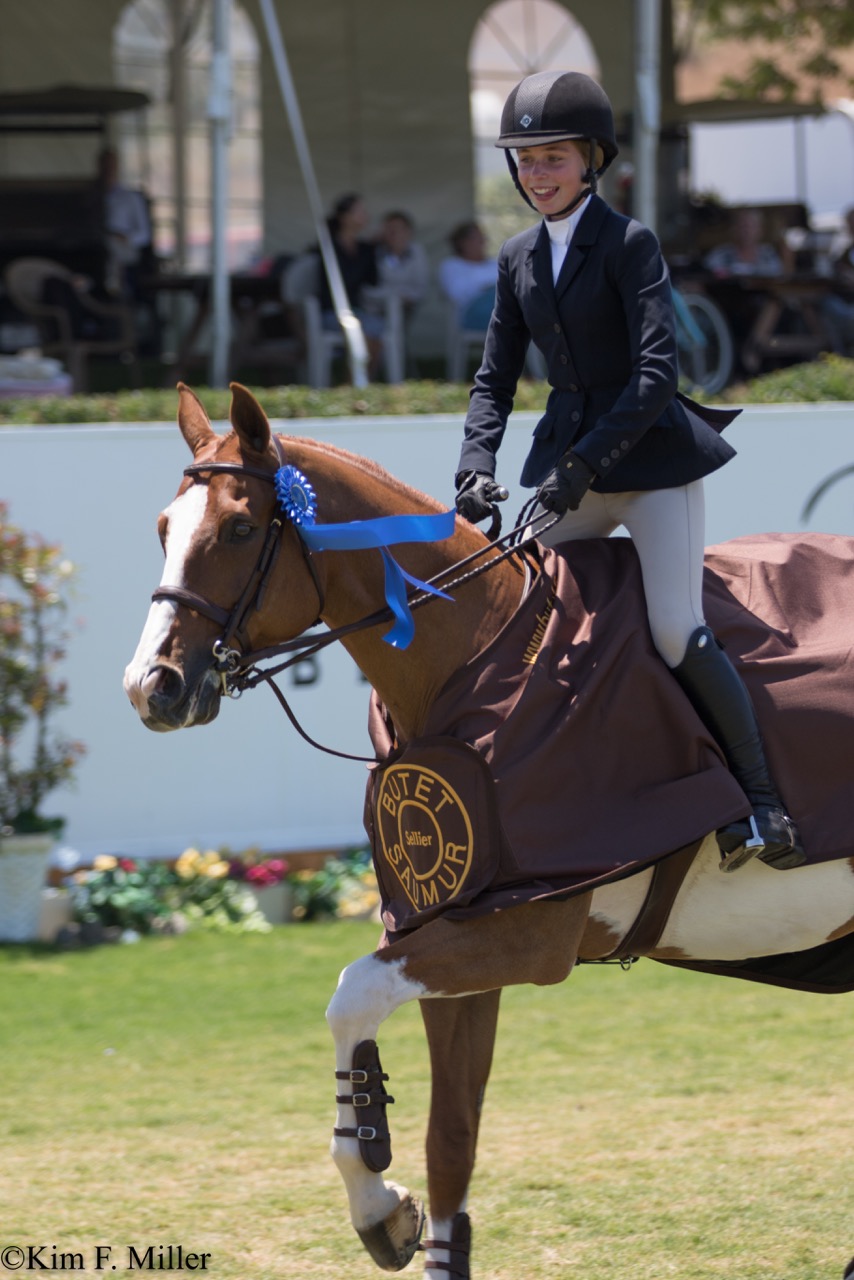
Treating every competition as an opportunity to learn is a tenet of Johnston’s mental skills teaching and she commended the challenge for manifesting that idea. All four officials/mentors noted a marked improvement in rounds between the first and second days, with bolder, more confident riding being the biggest common denominator.
At the first day’s riders’ meeting, “We talked about correct basics combined with a beautiful, forward riding style,” noted Traurig. Healey’s interesting and visually beautiful courses “were brilliant,” he continued. “They provided the opportunity to gallop and to earn bonus points for accuracy, connection and brilliance.”

A large square was the centerpiece of the second-round course. “The box” was framed in flower-adorned hay bales and interspersed with six natural obstacles that had contenders jumping in and out over the route’s 11 efforts. Where conservative rides dominated the first round, the evening’s session and judges’ notes emphasizing “forward” and “brilliance” were in evidence over this fun course.
Buckingham acknowledged that, at her age, she had little to lose by going for it and that approach caught Madden’s attention from the get-go. “She’s our tiger,” said Madden of her first and ongoing impression of Buckingham. “She just had that attitude of confidence and wanting to tackle the course’s challenges.” With bold pace and direct tracks, Buckingham jumped from eighth to first place after the second round. Her 168.5 combined score led a top four who were within 1.5 points of each other going into the work-off of six riders. That challenge include jumping two fences off the counter canter and a halt and rein-back going through the box.
Reflecting the spirit of the class, Buckingham concluded, “I came into this class to learn as much as I could and to get better at what I needed to work on.” Asked her goals, she responded with an appealing mix of shyness and confidence. “I’d really like to place well in the Maclay Finals, to become a grand prix rider and to make the team.”
There was broad agreement that the American Tradition of Excellence Equitation Challenge contributed significantly to the future success of this young “tiger” along with that of all the riders. The rest of the top six finishers were Katie Brown, Katherine Dash, Miela Gross, Juliana Ball and Kate Abajian.
“A year ago when I first thought of the idea, I had no idea it would develop into what it was over the last couple of days,” said Maskrey-Segesman. “I am absolutely in awe and humbled by all the people who came together [for this]. We’re capable of changing our sport and capable of adding to it, giving back, offering opportunities, and I think that’s really important.”





